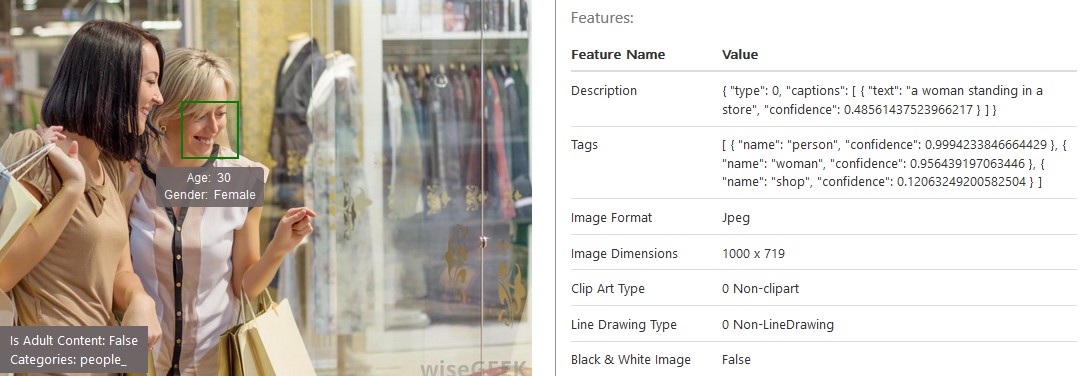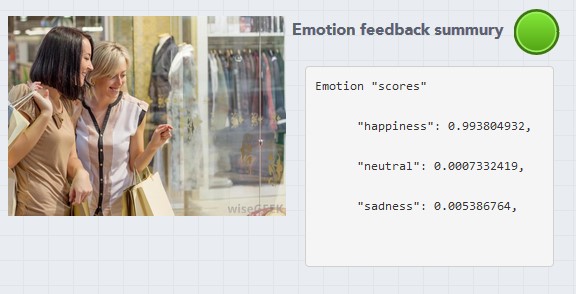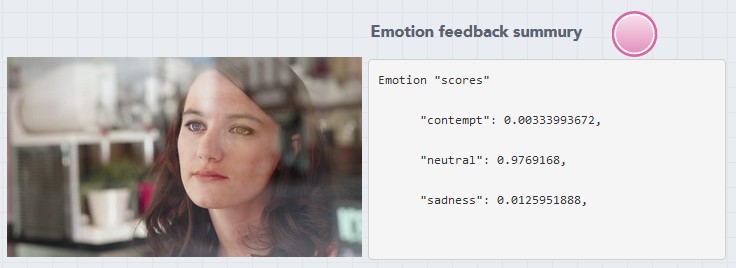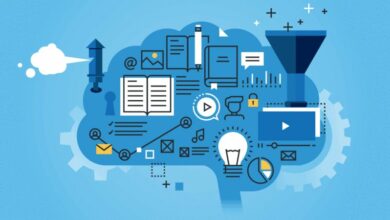
The future of shopping: emotion tracking meets retail
The advancements and speed of technology innovation are catapulting the retail industry forward into an exciting new future.
Using the latest innovations as AI technology, machine learning, cognitice services, mixed reality, you can put your customers at the center of your business. A new way to engage your customer is now possible and new capabilities to transform your business and product offerings are now possible.
AI is a field of study and a collection of different technology, and in the future of shopping is going to look a lot more analytical and a game changer it will be the cognitive services.
Some cognitive computing capabilities as the computer vision and the face recognition are able to track emotions and engagement of your customer.
The retail sector is that it combines four areas: business, psychology, human behavior and of course the technology. According to me in next months the emotion tracking meets retail, the emotion captures on your facial expressions, the face’s emotions, can be turns that data into actionable items for a retailer.
If a consumer walks up to a display and looks frustrated, retailers will know that something needs to be tweaked. Joy would prod the retailer to buy more of that good. Stores could send help and personnel to folks depending on their emotional response to an item.
Other approach could to recognize emotions in an images, from a facial expression in an image as in input, for example taking pictures with a camera placed behind a shop window and you can get a real feedback about the shop window set-up. The visual merchandising is something many retailers feel challenged by. What to put in the store window? What to put with it? How much to put in the window?
The window is your brand, so you could use the Microsoft Cognitive services to get feedback about your store windows. You could use the Computer Vision API to define the target, for example the gender, the age and so on:
Moreover you could use the Emotion API to take a facial expression in an image as an input, and returns the confidence across a set of emotions for each face in the image. The emotions detected are anger, contempt, disgust, fear, happiness, neutral, sadness, and surprise. These emotions are understood to be cross-culturally and universally communicated with particular facial expressions.
Emotions could have a killer app for retail, but may freak people out. The data is anonymous but others may fret about privacy, the key for retailers and consumer product good companies will be to be transparent.
Here the emotion API tested against to an excited child’s face in front of a chocolate shop window and of course the feedback is positive:
Here the API tested against an almost neutral girl‘s face in front of shop window. In this case the feedback should be negative, because a neutral sentiment is a negative feedback from visual merchandising point of view:
I think that the next industrial revolution will be powered by artificial intelligence, cognitive services, cloud computing, robotics, and the retails and visual merchandising will change deeply. The power of AI in retail comes in the ability to use this intelligent technology throughout the customer’s shopping journey and your organization, helping tap into even greater potential and transform what’s possible.
As we look at the types of customer experiences shoppers want, innovations like chatbots, cognitive and machine learning, advanced analytics, and blockchain combined with connected devices like beacons, machines and headset, can infuse data and insights wherever they’re needed. The engagements will be personal, contextual and relevant based on purchase history.








Hi Howard, thanks for reading. Microsoft cognitive services are cloud based service. The cognitive services are included in the Cortana Intelligente Suite and it runs on Azure Cloud. contact me for any details, thanks
we are developing products for what you mentioned in this article for retail intelligence and security with machine vision technologies, we called smart camera based on Android to bring a lot data processed at the front end as well as the cost down to retail business in good volume. I am particularly interested in Microsoft Cognitive services you mentioned in your article. Is it a cloud based service or an algorithm which can be licensed or something else?
Thanks
Howard